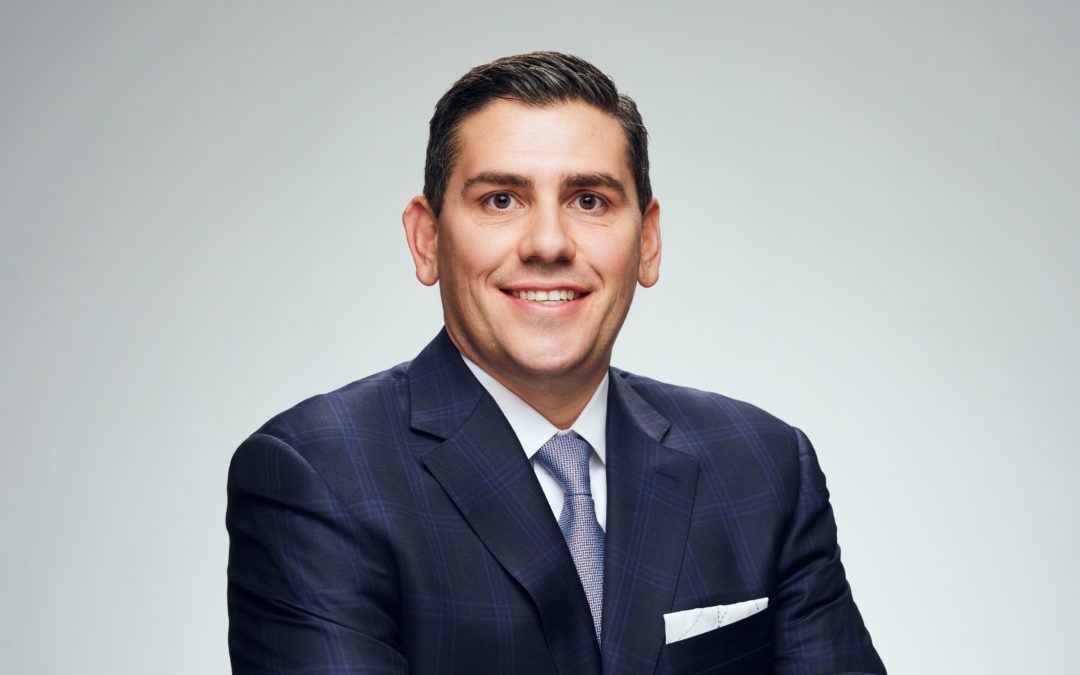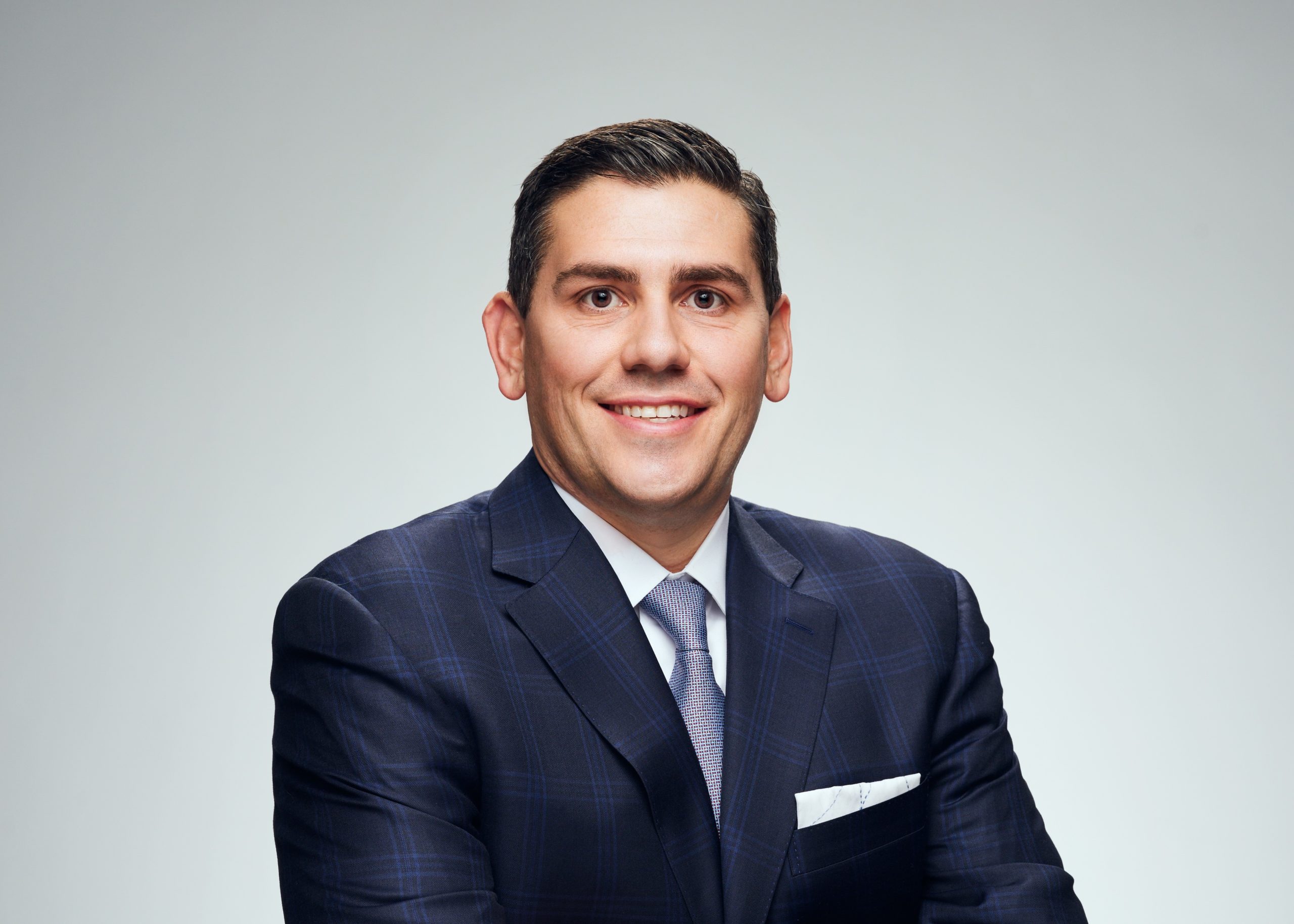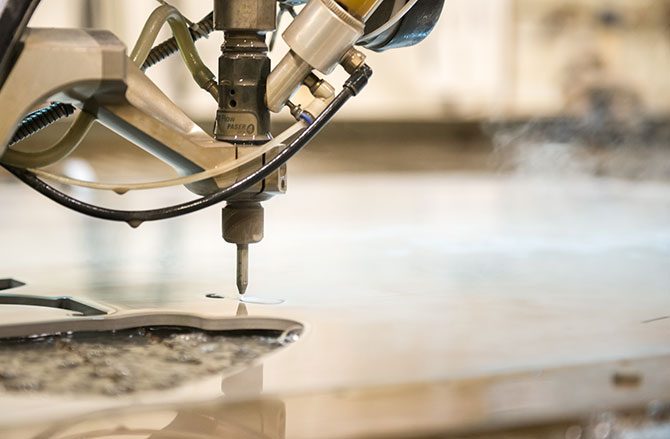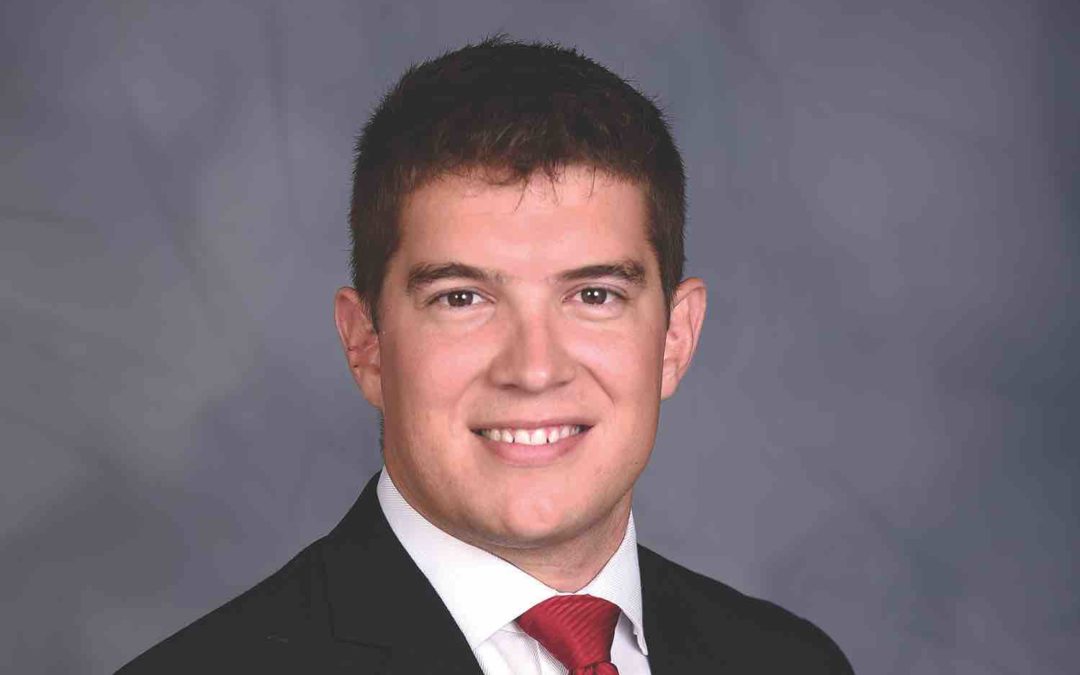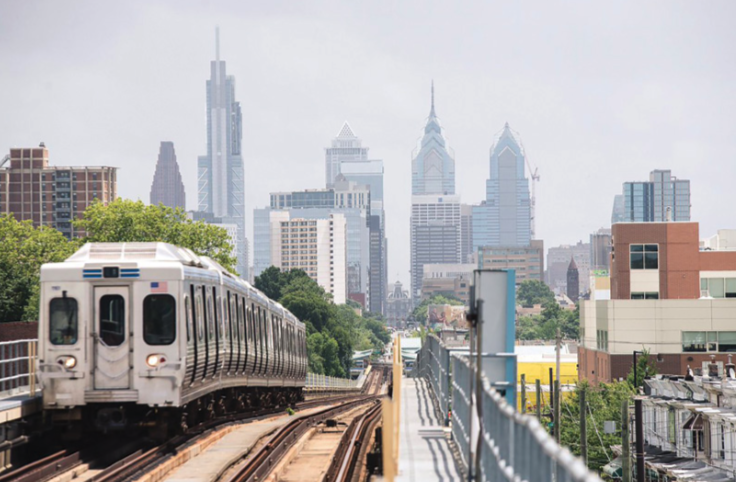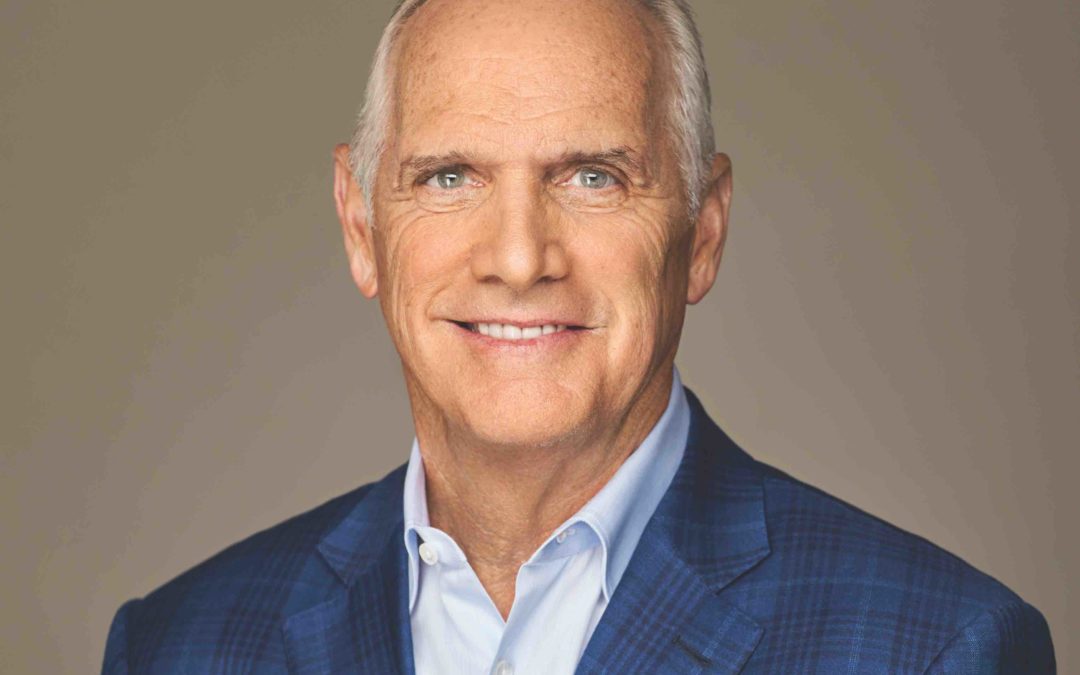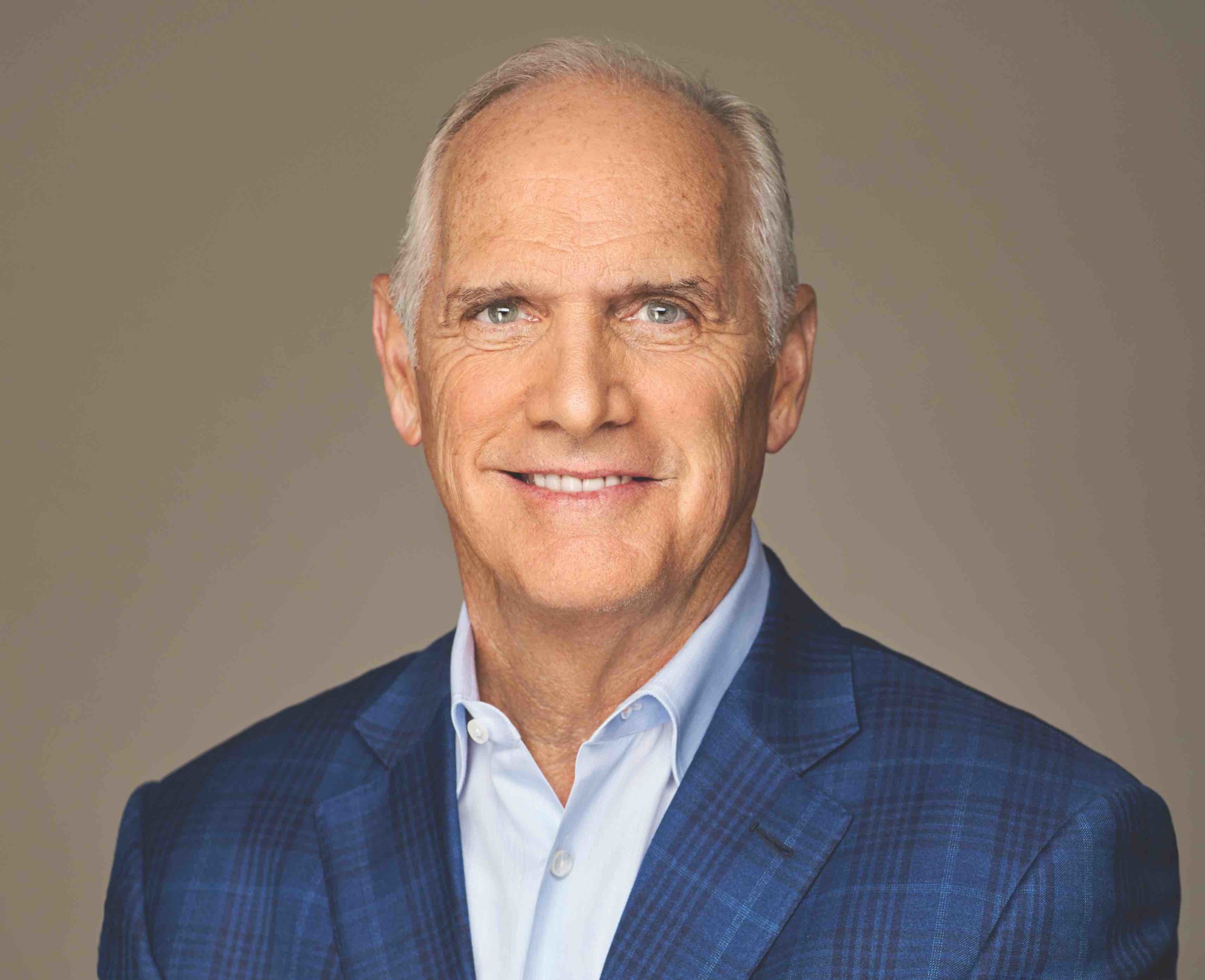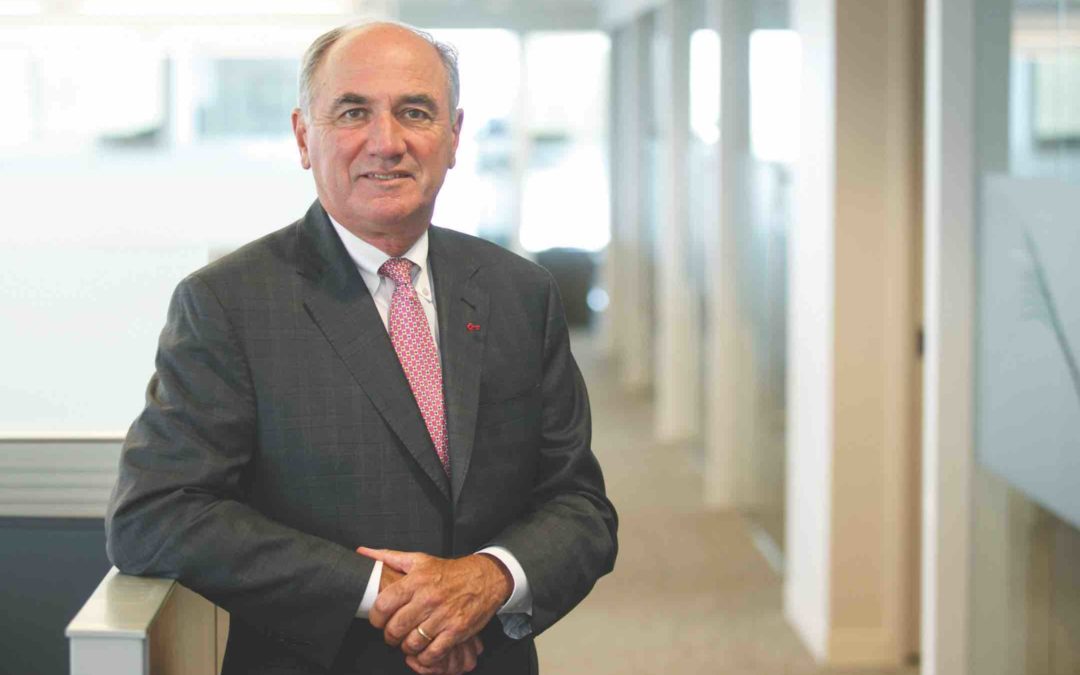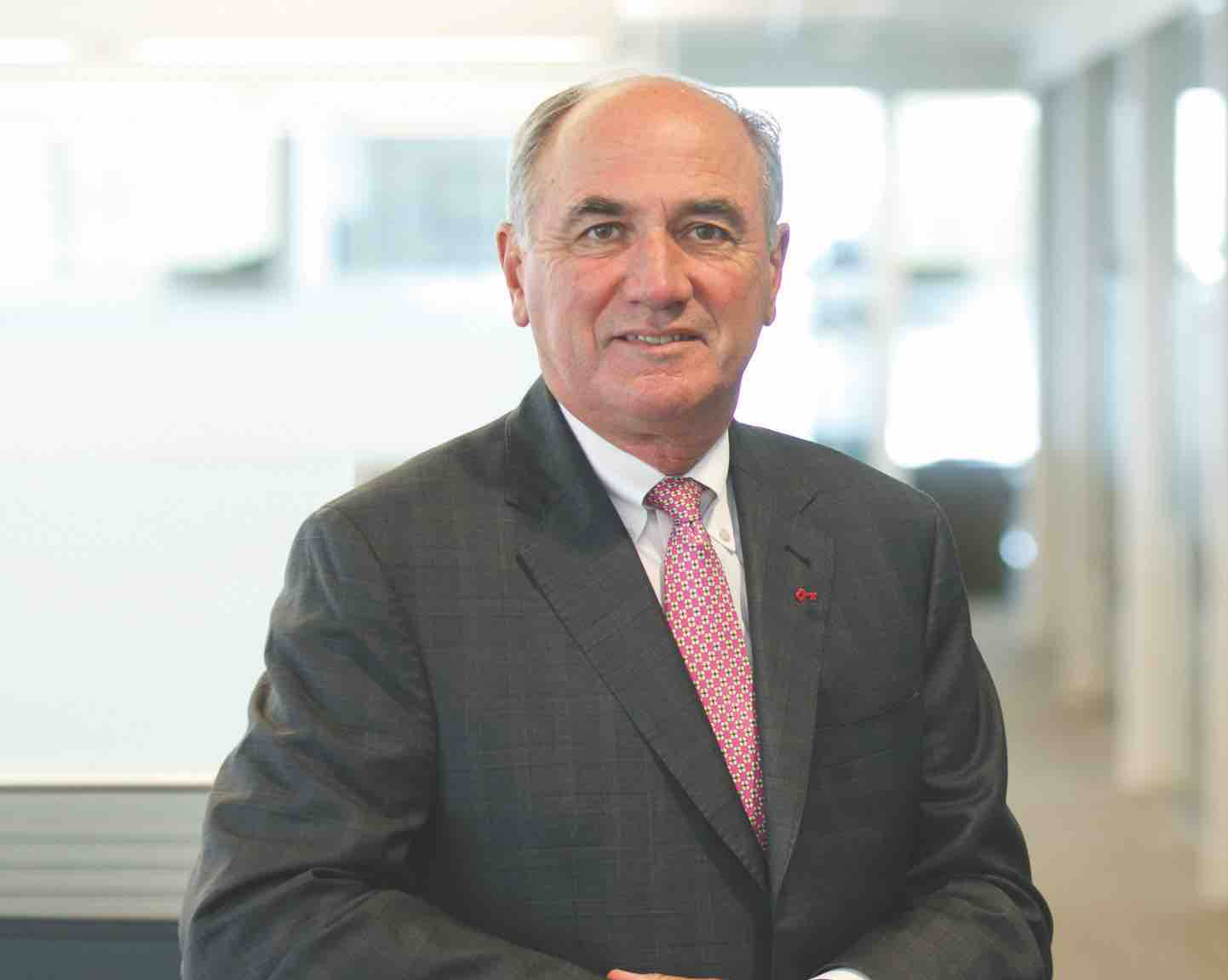How is innovation transforming the way healthcare is designed, delivered and experienced?
At Independence, innovation is in our DNA. Our members expect us to keep pace with the latest technologies and innovations. We also want to drive new ways of thinking throughout the region, which ultimately make this a better place to live, work, and play. We are very proud of our role in creating an innovative environment in the Philadelphia area.
Here’s an example: We foster the innovation process by leading organizations, including our customers, through design thinking sessions, innovation events, and projects that promote out-of-the-box solutions. Now, all this work will take place in the new, state-of-the-art Center for Innovation located at our Center City headquarters on the West Market Street corridor, where our campus is located. The Center for Innovation is a phenomenal two-story space connected by an open staircase that has a very modern feel to it. This amazing physical space matches the strategic focus that we have always put on innovation.
Independence also develops partnerships to create solutions to some of the toughest healthcare challenges. For instance, the technology developed by Quil, our joint venture with Comcast, will change the way that people use technology in their journey to good health. Think about how confusing it can be to go through a medical procedure. What do you do before you go to the hospital? Or when you’re home recovering? Quil is going to lead you through those types of journeys and create a better, and healthier, experience.
Independence also uses technology, research, and data analytics to help our members get and stay healthy. Take our work with Relay Network, also a national company based in the Philadelphia region. Together, we developed a personalized, HIPAA-compliant mobile communication program called IBXWire. It’s a great way to connect with our members. We send reminders about care gaps and flu shots and the type of information that is important but maybe isn’t at the front of your mind. By using this platform, Independence has created an effective way of communicating that helps members retain control and make better decisions about their healthcare.
Finally, we celebrate and foster the spirit of innovation in our region. The most recent example is our support of the first ever B. PHL Innovation Festival that took place in October 2019. The festival was designed to build Philadelphia’s reputation as the most innovative city on the East Coast – a true place of choice for people looking to inspire new ideas, make connections, and ignite new ways of doing things.
How is Independence continuing to address crises, such as opioids, and how is it impacting the way that insurance companies do business?
Opioid abuse is the worst drug crisis in American history. At Independence, we are keenly focused on doing whatever we can to reverse this tragedy. Independence was one of the first insurers in the country to restrict first-time, low-dose opioid prescriptions to a five-day limit, except for patients with cancer or on hospice care. We also require prior authorization on all long-acting opioids. And it’s having an impact. We have seen an almost 60 percent decrease in the strength and quantity of opioids used by members with noncancer pain in four years.
We’ve also partnered with other experts to raise awareness and remove barriers, like the stigma of addiction. The Independence Blue Cross Foundation launched an effective public awareness campaign called Someone You Know that features people impacted by the opioid crisis telling their stories. We’re in our second year. Our Independence Foundation has also worked on a regional study to evaluate the effectiveness of “warm hand-off” programs that connect overdose survivors immediately with recovery programs.
We’ve also worked closely with local, state and national leaders to elevate the importance of this epidemic. We have a moral imperative to end this crisis. People who are suffering are not faceless. They are our family, friends, business colleagues, neighbors. It’s personal.
What are some of the unique challenges and opportunities provided by the Philadelphia healthcare landscape?
People in the Philadelphia area are extremely fortunate to have access to some of the best hospitals and health systems in the country. At Independence, we have a long history of effectively working with area hospitals, doctors, and other healthcare providers, and that collaboration is only getting stronger.
But we have a lot of work to do. A study by the Kaiser Family Foundation found that Pennsylvanians were more likely to report skipping or delaying healthcare, including skipping dental care or check-ups, not filling a prescription, or relying on home remedies and over the counter drugs instead of visiting the doctor, due to cost, compared to other states. The Blue Cross Blue Shield Association identified 10 common health conditions, including hypertension, major depression and high cholesterol, that have the greatest impact on Americans’ quality of life. We need to work to address these fundamental and chronic health problems.
We can also do better when it comes to containing costs. According to the Pennsylvania Department of Health, our state faces higher healthcare costs without demonstrating higher quality of care than the rest of the United States.
Healthcare must be affordable. We have to lower the overall cost of care, especially when it comes to prescription drugs. More than 23 percent of every healthcare premium dollar is spent on prescription drugs. To keep prices in check we need increased transparency, competition and consumer choice, and affordable access to generic and biosimilar drugs in a timely and cost-conscious manner. Drug costs are the fastest-growing costs in healthcare, led by injectable drugs.
To learn more about our interviewee, visit:
IBX: https://www.ibx.com/
